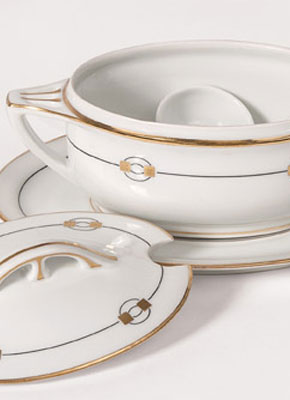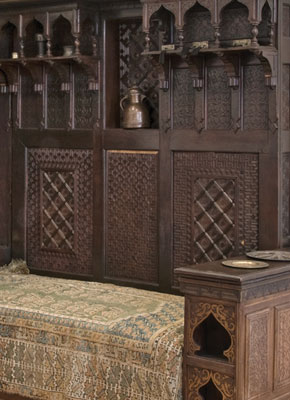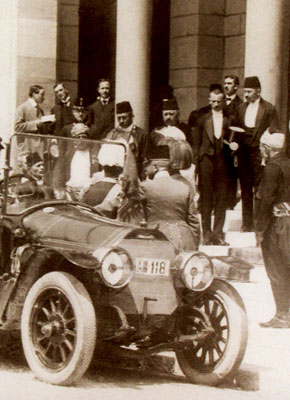Austro-Hungarian period
In his book Genom Bosnien och Hercegovina, originally published in Swedish in Jonköpingin 1904 (Bosnian edition entitled Kroz Bosnu i Hercegovinu was published in Uppsala in 2005 translated by Dr. Izet Muratspahić), Dr. August Heimer mentions that, as a member of an international geodetic expedition in Bosnia and Herzegovina, he also visited the Sarajevo Carpet Factory.
Dr. Ćiro Truhelka - a historian and curator of the National Museum in Sarajevo - was a strong promoter of Bosnia and its cultural heritage. As curator, he prepared and presented to European public the cultural and economic potential of Bosnia and Herzegovina at the world fairs held in Vienna in 1896, Budapest in 1898, and particularly in Paris in 1900.
Gavrilo Princip - a member of the Young Bosnian movement killed Austrian Archduke Franz Ferdinand and his wife Sofia during their official visit to Sarajevo, on 28 June 1914. This event was the cause for the outbreak of the First World War, which took tens of millions of lives (the number of casualties is estimated at about 20 million).






